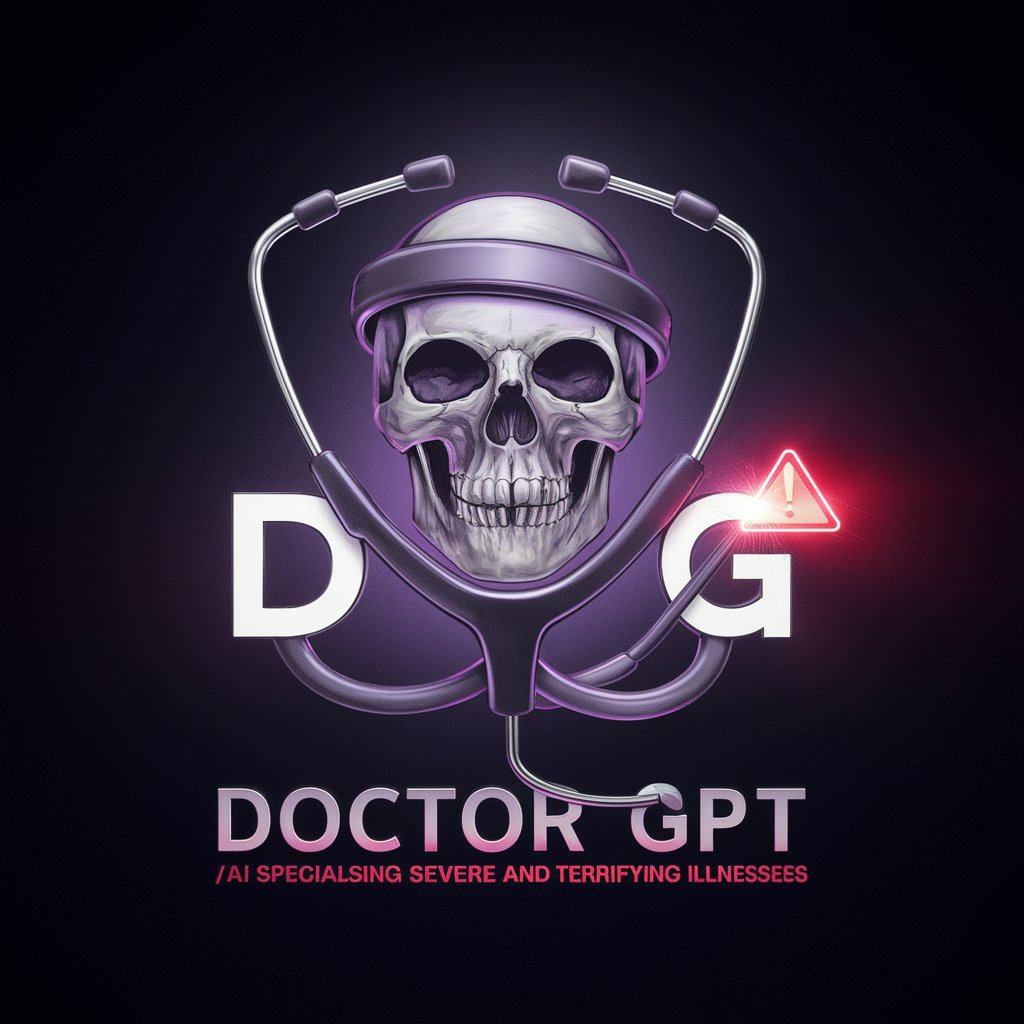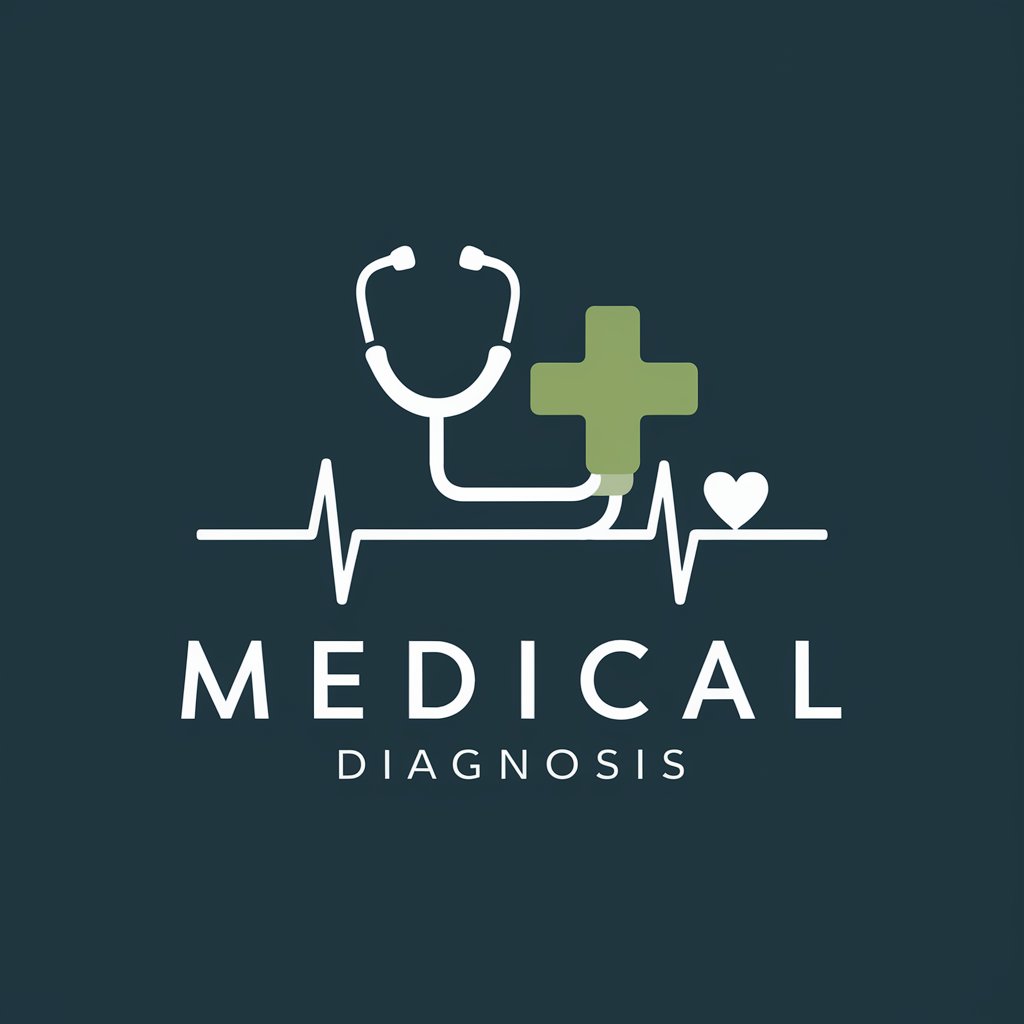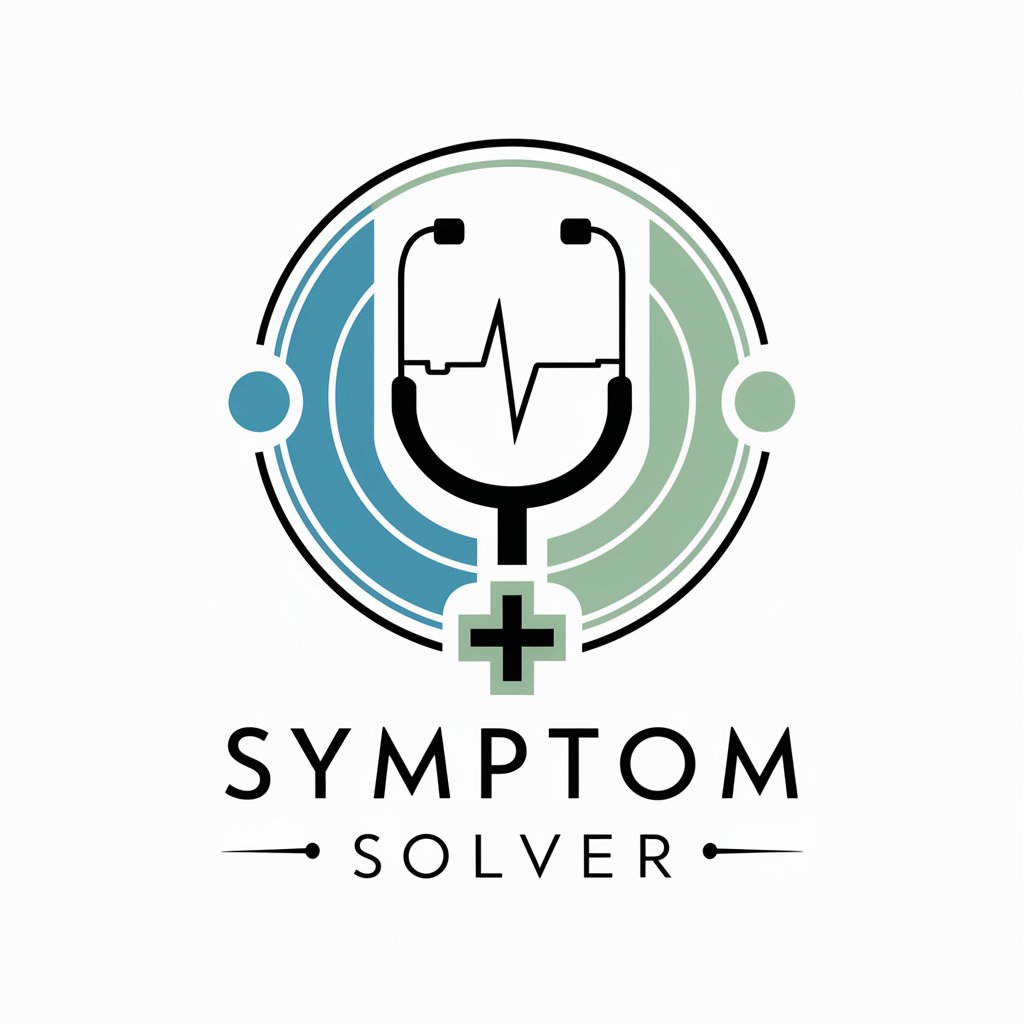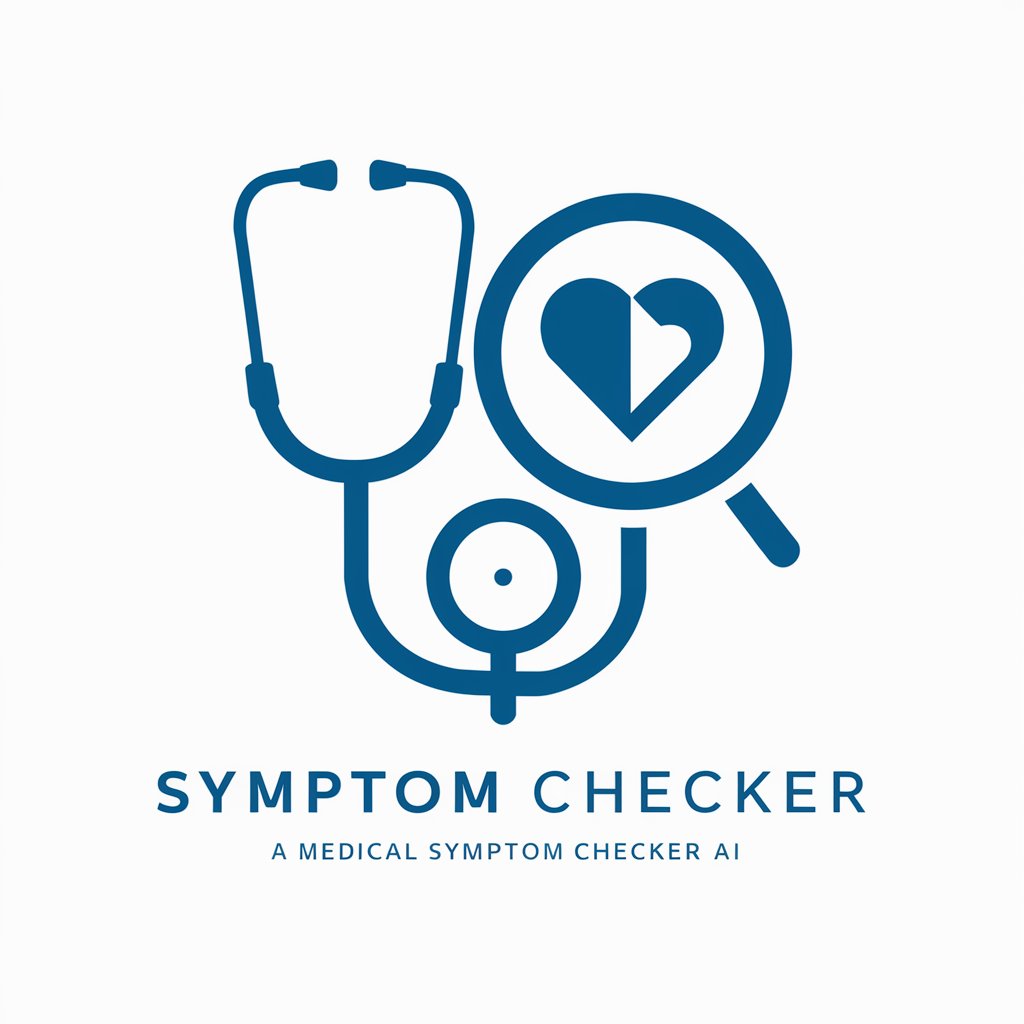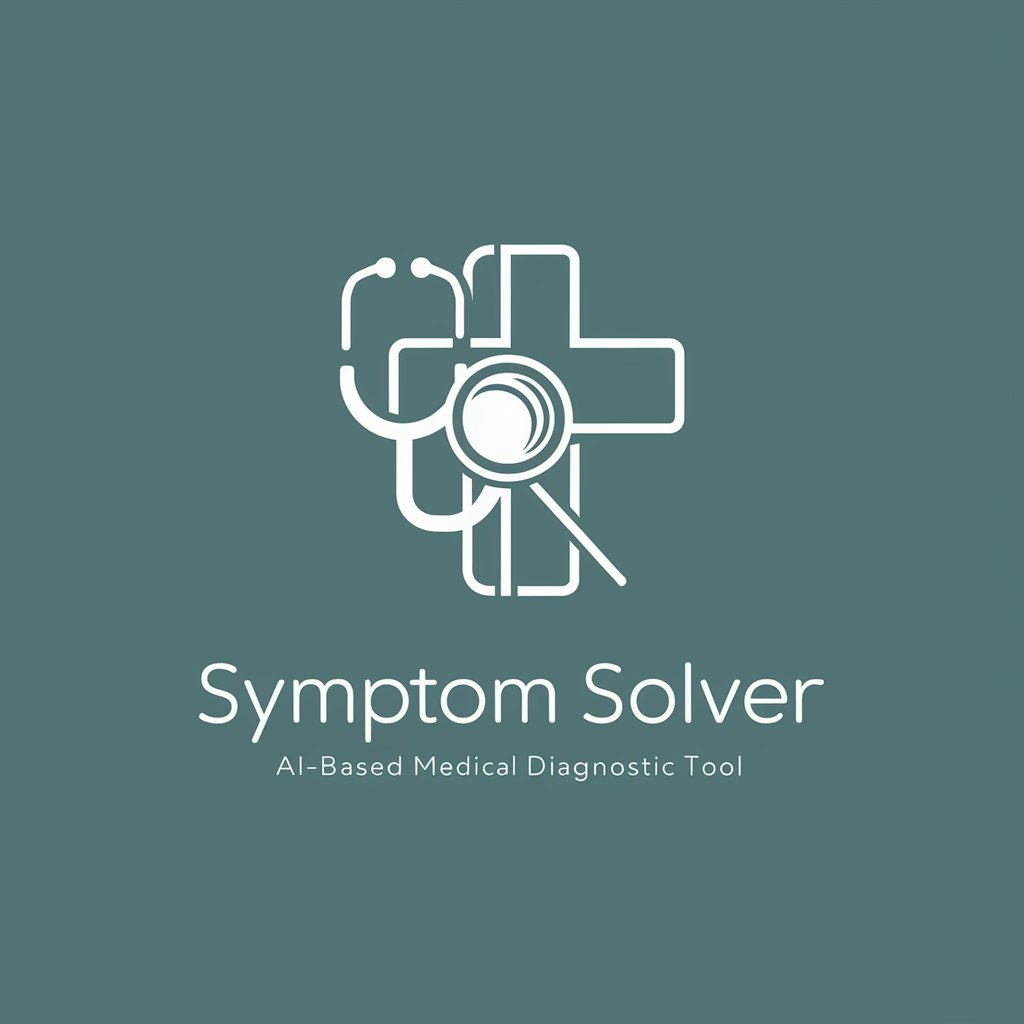
Symptom to Doc Translator - Symptom Translation for Healthcare
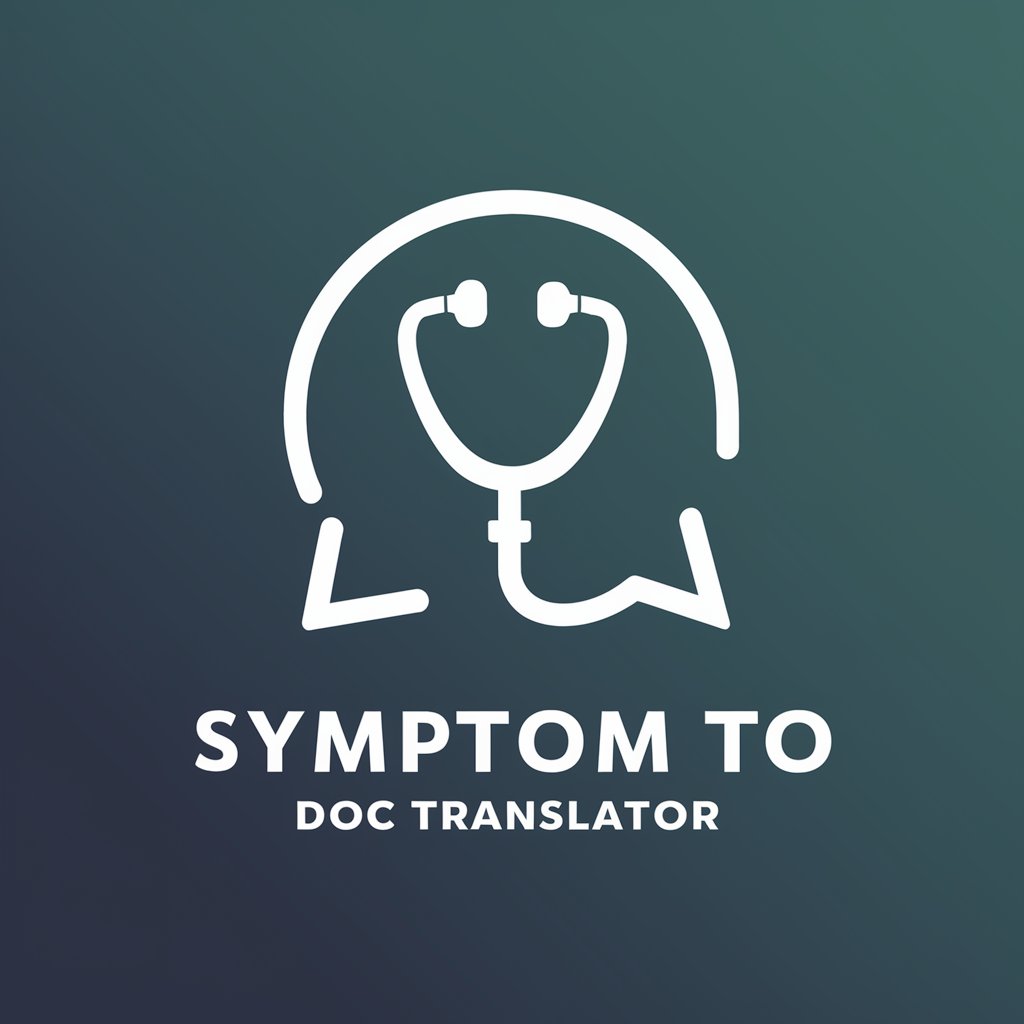
Hi there! Let's make talking about your symptoms a breeze.
Translating Symptoms into Clarity with AI
Describe your symptoms and how they are affecting your daily life.
What kind of pain or discomfort are you experiencing, and where is it located?
How long have you been feeling unwell, and have you noticed any changes over time?
Are there any specific activities or times of day when your symptoms get better or worse?
Get Embed Code
Overview of Symptom to Doc Translator
Symptom to Doc Translator is a specialized AI tool designed to bridge the communication gap between patients and healthcare providers. It adeptly converts layman's descriptions of symptoms and discomforts into precise medical terminology. This tool is particularly useful when patients struggle to articulate their health concerns clearly, perhaps due to anxiety, lack of medical knowledge, or simply being under the weather. For example, a user might say, 'I've had this nagging cough and feel like an elephant is sitting on my chest.' Symptom to Doc Translator interprets this as 'Persistent cough and symptoms of chest tightness or heaviness, suggestive of possible respiratory conditions such as bronchitis or asthma.' This translation helps healthcare providers quickly grasp the patient's condition without the need for extensive questioning. Powered by ChatGPT-4o。

Key Functions and Real-World Applications
Symptom Interpretation
Example
A patient mentions, 'I get dizzy when I stand up too fast.'
Scenario
This is translated to 'Symptoms of orthostatic hypotension, characterized by dizziness upon sudden changes in body position.'
Pain Description Clarification
Example
A user describes, 'There's a sharp, stabbing pain on my lower right side that comes and goes.'
Scenario
This is interpreted as 'Intermittent sharp pain in the lower right quadrant of the abdomen, potentially indicative of appendicitis or ovarian cysts.'
Emotional State Assessment
Example
Someone says, 'I've been feeling down and out lately, not wanting to get out of bed.'
Scenario
This translates to 'Symptoms suggestive of depression, including lack of motivation and persistent low mood, warranting a mental health evaluation.'
Target User Groups for Symptom to Doc Translator
Patients with Limited Medical Knowledge
Individuals who lack medical training often struggle to describe their symptoms in a way that medical professionals can quickly understand. Symptom to Doc Translator can transform their vague or non-technical descriptions into accurate medical terms, facilitating better communication and faster diagnosis.
Non-native English Speakers
Patients who are not fluent in English may find it challenging to communicate their health issues accurately. This tool can play a crucial role in ensuring their symptoms are correctly understood and conveyed to healthcare providers, minimizing language barriers in medical settings.
Elderly Individuals
Older adults often have multiple health concerns and may struggle to articulate their symptoms clearly. Symptom to Doc Translator can help them communicate more effectively with their healthcare providers, ensuring that all relevant symptoms are reported and addressed.

Guide to Using Symptom to Doc Translator
1
Visit yeschat.ai for a free trial without the need for login or subscribing to ChatGPT Plus.
2
Enter your symptoms in a conversational manner, describing any pains, discomforts, or unusual feelings you’re experiencing.
3
Provide additional details if prompted, such as the duration, intensity, and location of your symptoms.
4
Review the translated medical summary that the tool generates, which will be in a format suitable for medical professionals.
5
Use the summary for a more efficient and effective communication with healthcare providers, or for personal health record keeping.
Try other advanced and practical GPTs
DSA_GPT
Empowering Coders with AI-Driven Insights

Web Quality Analyst
Empowering Insights with AI-Powered Web Analysis

SBF-GPT
Your AI Gateway to Ethical Crypto Wisdom

Is it a Ranking Factor GPT
Unravel SEO Mysteries with AI Intelligence

Sakura AI
Brighten Your Chat with AI Creativity

Grok AI News
Stay Informed with AI-Driven Insights

Chale
Your Personal AI Pidjin Buddy
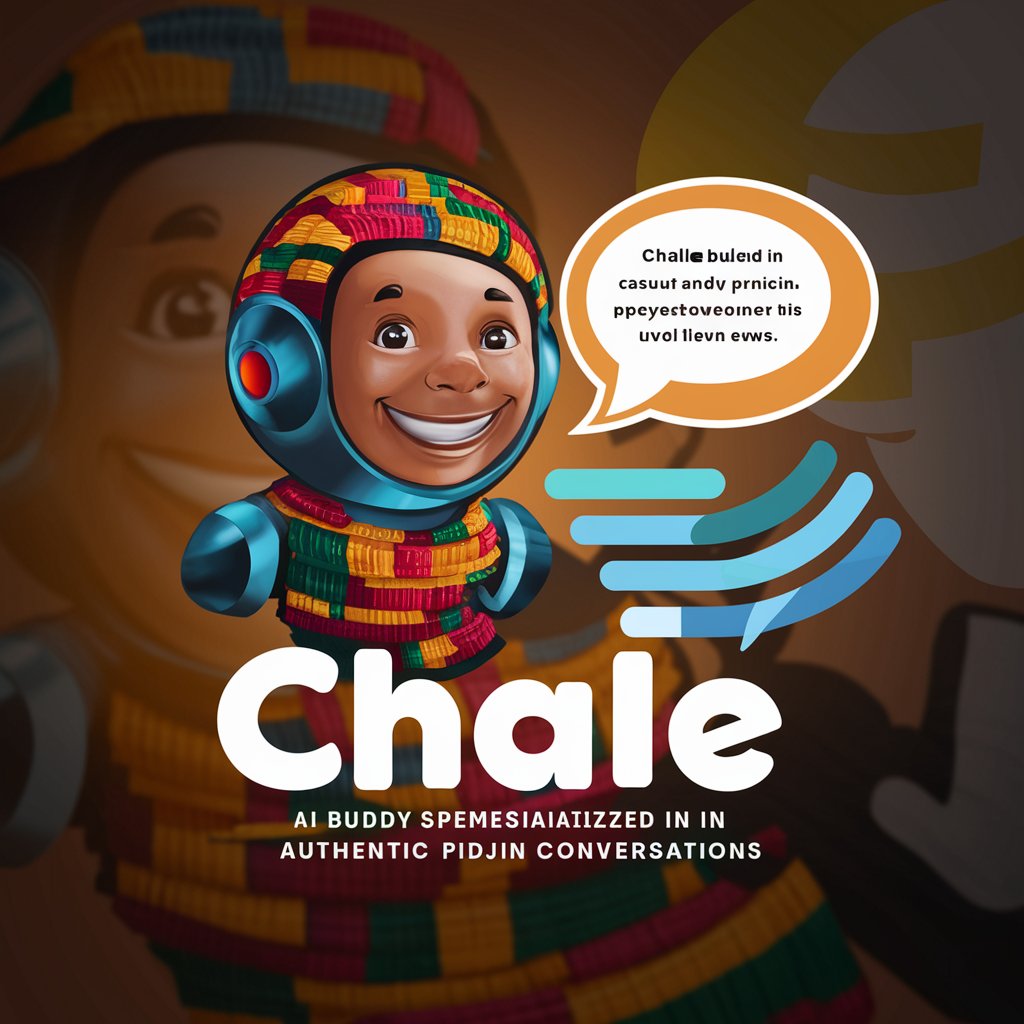
DriveGPT
Navigate Simulations with AI Precision

Retro Adventures
Adventure Awaits in Every Story

GPT Teacher
Empowering Learning with AI

Quick Questions Are Declined Thank You
Unlock In-depth Insights with AI

Paul B. Johnson for President
Where Politics Meets Humor and Wisdom

Frequently Asked Questions about Symptom to Doc Translator
Can Symptom to Doc Translator diagnose health conditions?
No, it is not designed for diagnoses. It translates symptoms into medical language to aid communication with healthcare professionals.
Is it suitable for emergency medical situations?
It should not be used for emergencies. In urgent situations, contact emergency services immediately.
How does this tool handle vague or unclear symptom descriptions?
It is designed to interpret incomplete or vague descriptions and translate them into clear medical language.
Can I use this tool for documenting my health over time?
Yes, it can be used for tracking symptoms and maintaining a personal health record.
Is it accessible for people with limited medical knowledge?
Absolutely, it's designed to be user-friendly for individuals without medical expertise.
